Minarets and mosque domes, side by side with skyscrapers, dominate today’s Istanbul skyline. Roaming the streets of Fatih district, one quickly forgets that for many centuries this city had been the capital of Eastern Christianity. Though many churches are still scattered and hidden around this city of almost 20 million, several are closed or in poor condition. Nowadays it is difficult to imagine how Constantinople, or what we now call The Historical Peninsula, used to be a city of many churches and monasteries. Following the old city walls from Yedikule to the shores of the Golden Horn in Eyüp, we can still see a few church bells and imagine the hidden churches behind these walls.
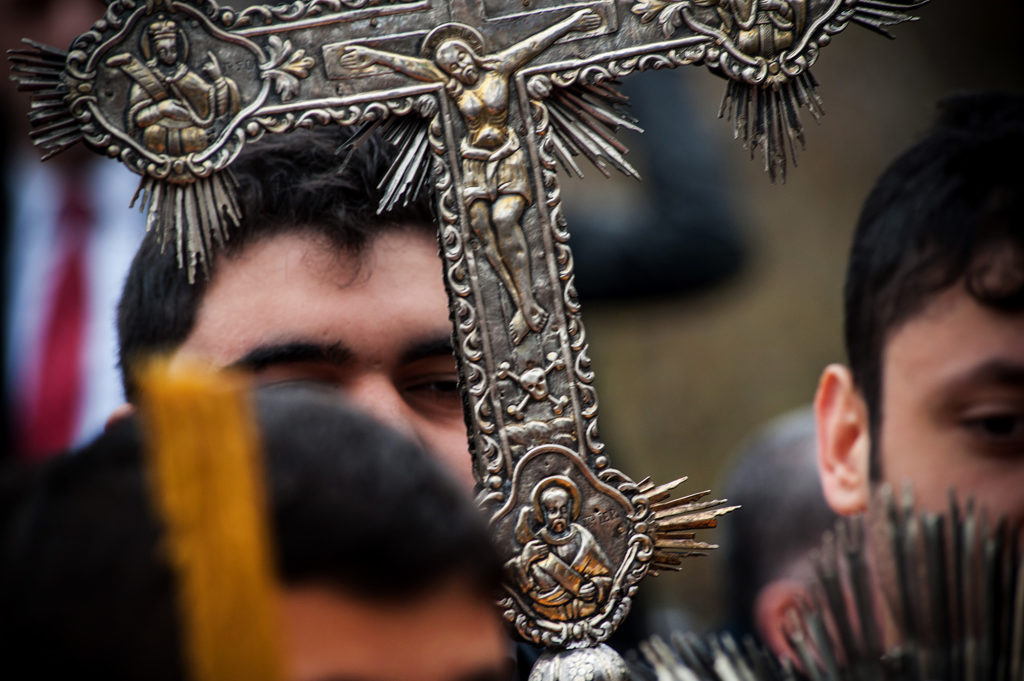
To visit one of the most vibrant and important churches, not only in Istanbul but also in the world, one must go to Fener. Though many think that the big red building, a coronation to one of the legendary seven hills of Constantinople, is a church, I must disappoint you — it is not. This is Phanar Greek Orthodox College. Although the church is much smaller, it has a rich history and doubtlessly holds a special place in hearts of believers. It is dedicated to St. George and lies just next to the Ecumenical Patriarchate of Constantinople, close to the shore of the Golden Horn. The Patriarchate is the most important ecclesiastical center of the Orthodox Church. According to tradition, it was founded on the shores of Bosphorus by the apostle Andrew in 36 AD. The Patriarchate and its Patriarchal Church of St. George have a special place within the Orthodox church. One of the reasons is its location – at the former capital of the Eastern Roman Empire.
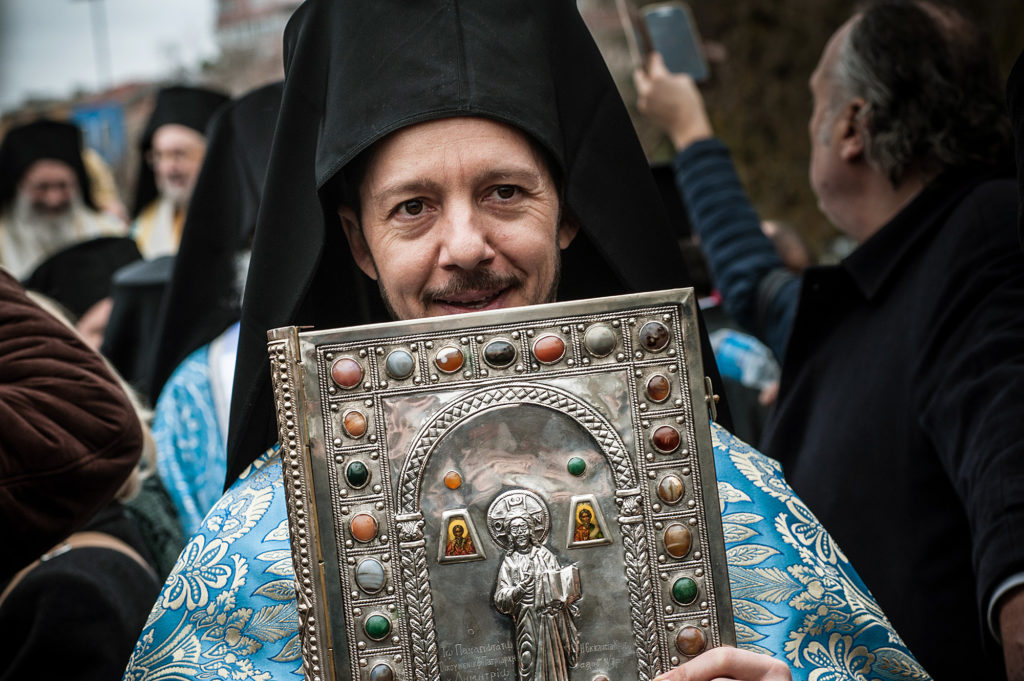
January 6th is a Christian holiday, known also as Theophany (Theofania) in Eastern Christianity or Epiphany in Western Christianity. Not only the name, also the celebrations differ — while the Western Christians celebrate the visit of the Magi to the Christ child, the Eastern Christians celebrate the Great Blessing of the Waters or the Baptism of Christ. The latter is also organised and celebrated every year by the Ecumenical Patriarchate of Constantinople.
The feast of the Great Blessing of the Waters starts with the divine liturgy in the church of St. George, which is led by the Ecumenical Patriarch Bartholomew. The mass in the vastly decorated church lasts for a few hours. After the mass, the procession leaves the church and heads towards the shore of the Golden Horn. There, many photographers and press representatives wait. However, the most impatient are not waiting on the shore, but on a small boat on the Golden Horn.
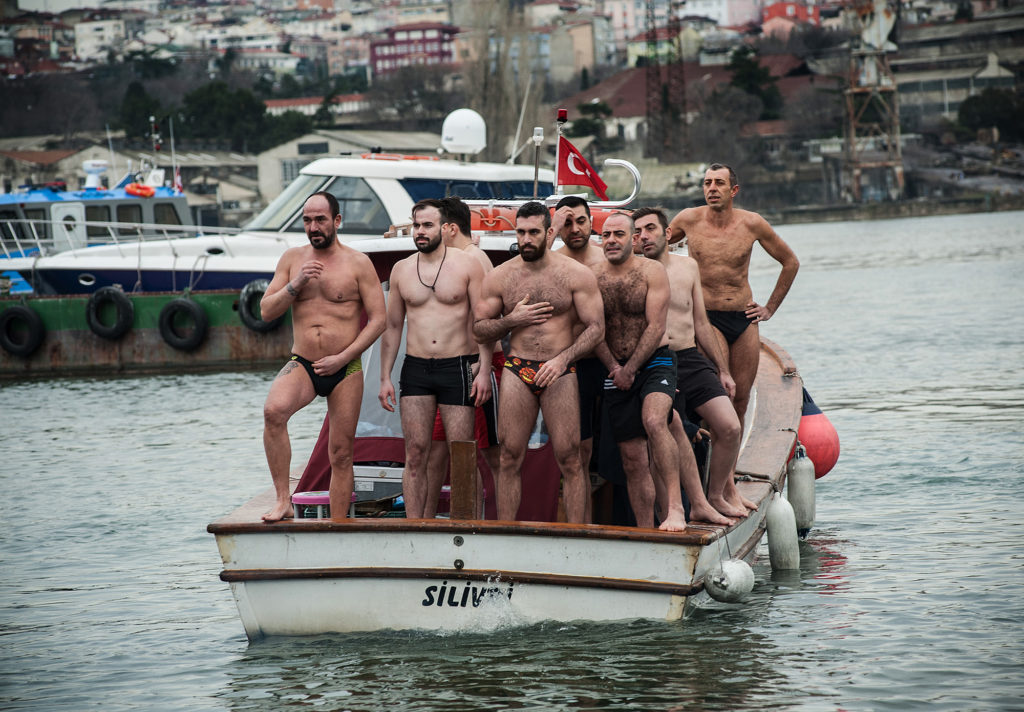
One reason for their impatience is the cold. At this point, they have been waiting for an hour or even more, wearing only swimming suits. Another reason for their impatience is actually the very reason which made them come here in the first place and wear their swimming suits on such a cold winter day. The reason for which they have all this way from Greece? The tossing of the cross. Soon they will jump into the freezing cold waters of the Golden Horn and compete for the cross. And the prize for the winner? A year of health and prosperity.
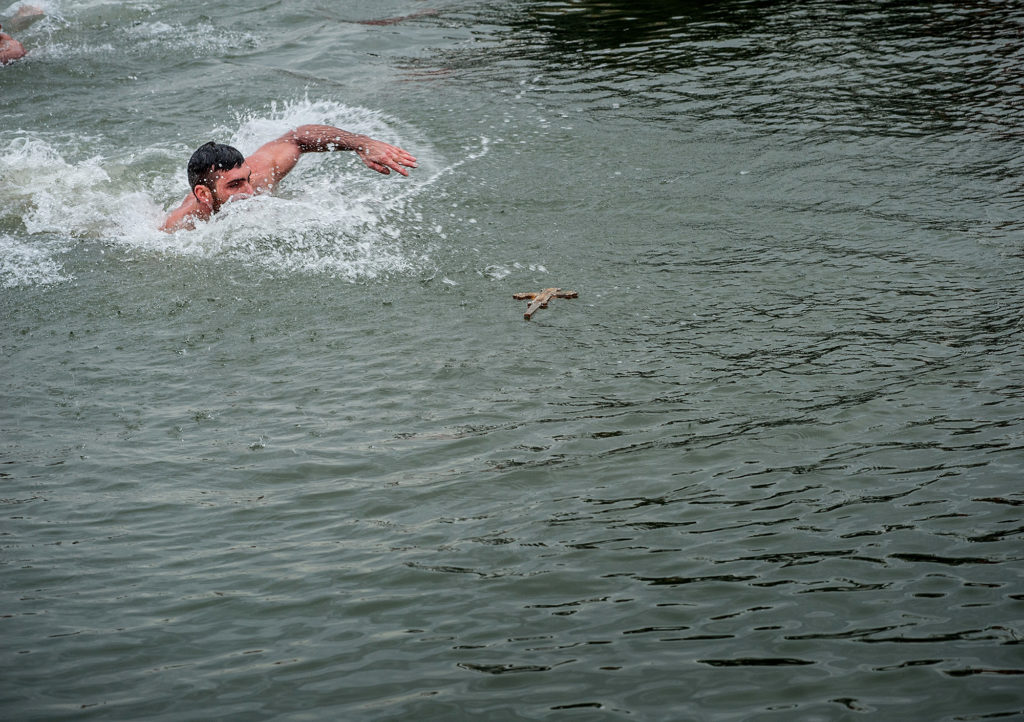
When these eight brave men (yes, only men this year) saw the procession coming from the church, they got excited and ready to compete for their honour. They lined up at the back of the boat and prayed together with the patriarch. After the conclusion of the prayer, the Ecumenical Patriarch Bartholomew threw the wooden cross into the waters of the Golden Horn. Eight Greeks jumped into the freezing waters and raced to retrieve the cross. The winner returned the cross to the Ecumenical Patriarch Bartholomew.
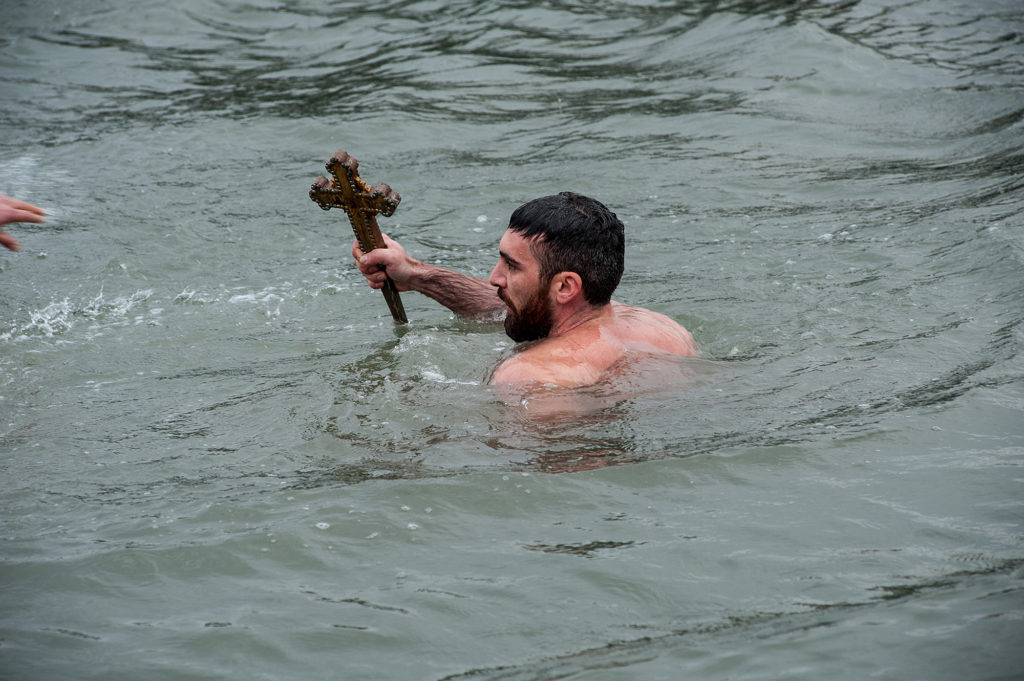
This feast is celebrated every January 6th, starting around 10:00 and reaches its peak around 13:00.
All photographs by John Wreford.
This article was first published in Jan 2017, by author Špela Grošelj.








